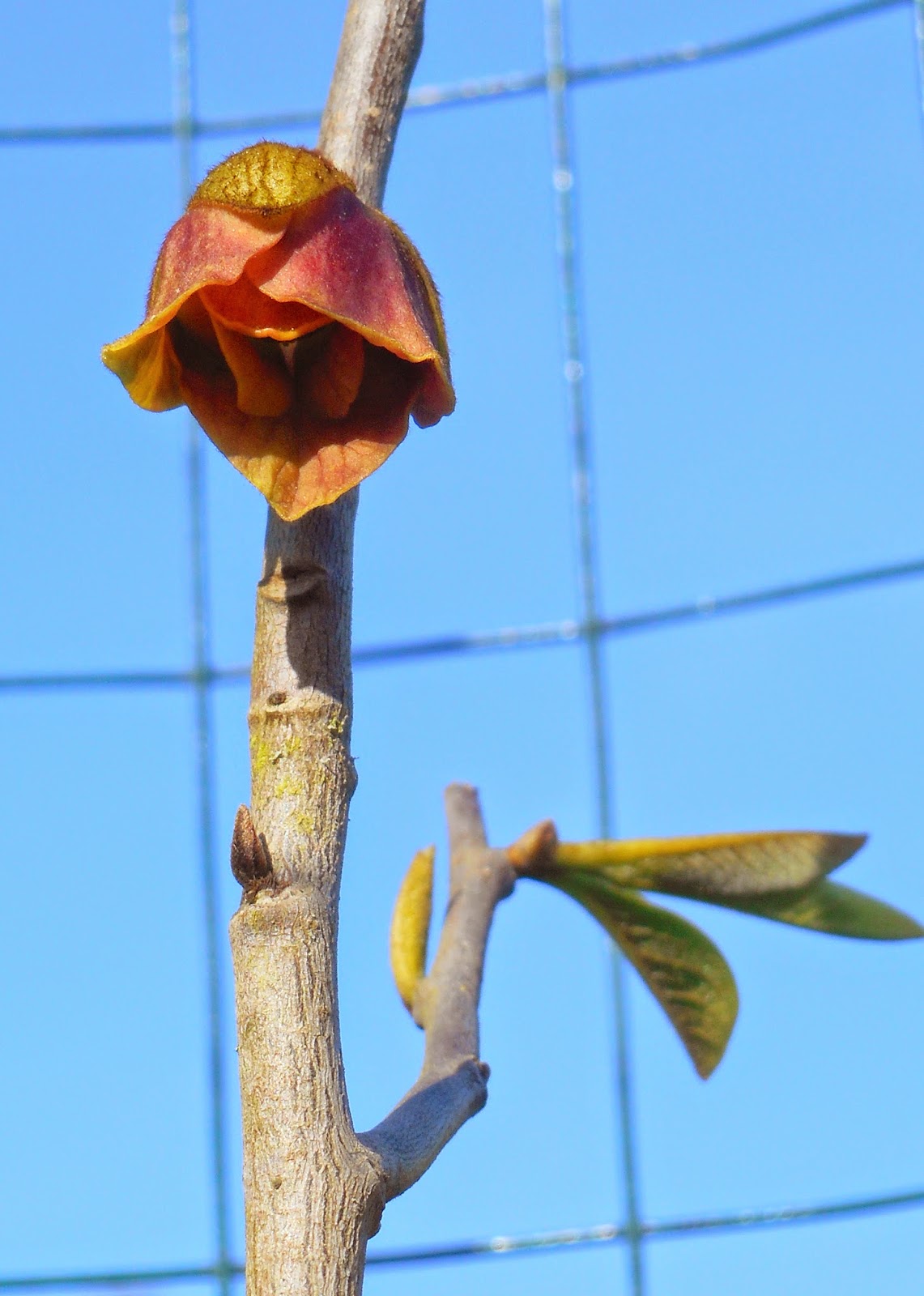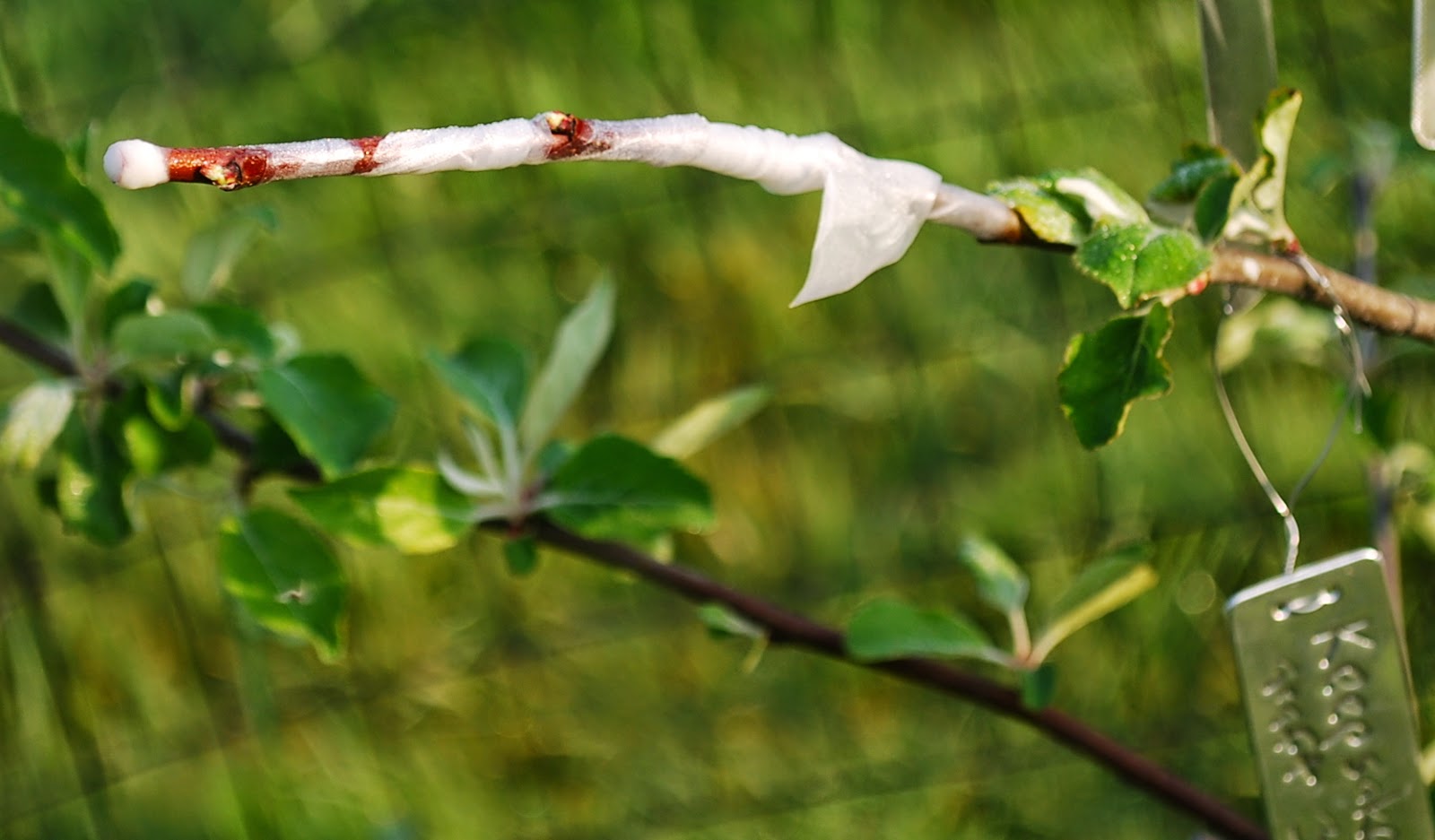 |
| Irises in mixed border. 4.11.15 |
 |
| Irises in mixed border. 4.11.15 |
 |
| Irises in raised bed. 4.11.15 |
I'm convinced I've been going about growing bearded irises all wrong. It's not for lack or reading or following advice. But I think the advice has been all wrong.
I have bearded irises in 4 main locations.
Most of the advice that I have seen is:
They need good drainage.
They should not be mulched.
Plant with rhizome on top of soil.
They need full sun.
Don't over fertilize.
Keep weeds out.
In the various locations -
1. At the Vancouver yard. I've been moving those to the Battleground place. Of the onese that remain, they are not mulched, they are in semi-sunny to shady locations, they don't get fertilizer, and there is a lot of grass among them. Those do ok. Not great, but no diseases, and they bloom every year.
2. At Battleground. Scattered around the place, no care, growing among weeds and grass, sunny to shady. Mos of those also do OK. Not great, but no diseases and they have some flowers.
3. At Battleground. In the front perennial borders. I planted those 3 years ago. I had heavily amended the area with compost. The weeds were difficult to manage. The irises did not thrive. I didn't care much about there. Finally I gave up and mulched with a thick layer of wood chips. I figured they would just die off, and I could plant other plants. Some had a think layer of pine needles, then a thick layer of wood chips. Those are growing like crazy, big thick stems, strong growth, no diseases. They have big fat flower buds. There are almost no weeds, on account of the mulch. A few, not many.
4. At Battleground. In raised beds. These are mostly historic varieties. There are some repeats from the other beds. They are in raised beds for better drainage. No mulch. I pull the weeds manually. Last year, these had a lot of bacterial rot. I attributed that to over-rich soil, dug out a lot of the soil and replaced with unamended soil. This year, bacterial rot is less but still present. Some died completely. Some came up from below ground. They were looking good, but with recent rains have been covered with fungal spot disease. Many leaves are dying off. They look bad. Some look like they might bloom.
So I've given up growing them correctly. The irises that get neglected, mistreated, and covered in mulch thinking that would kill them so I can grow other plants - they are doing great. The ones that I coddled, hand weeded, no mulch - terrible.
This weekend the local arborist left another truckload of tree chips on the driveway. These are fir chips, with a lot of needles mixed with chipped branches. I removed the major weeds that I could, and covered all of the soil in the iris raised beds with about 3 or 4 inches of chips. If they live, they live. If they don't, then those beds will have good rich soil for other plants. I speculate, the diseases are spread by rainfall on wet bare soil that contains fungal spores and bacteria. With the wood chip mulch, the fungi and bacteria don't get so much chance to grow on the surface, so rain drops won't spread disease. I don't know if I'm right, but nothing else has worked.
This was prompted by receipt of 2 more varieties from Old House Gardens, ordered last year. I don't plan to add more. I had ordered these before I gave up in frustration. So I planted those - Monsignor and Flutterby. Covered with wood chip / fir needle bark mulch. Enough of that.






























